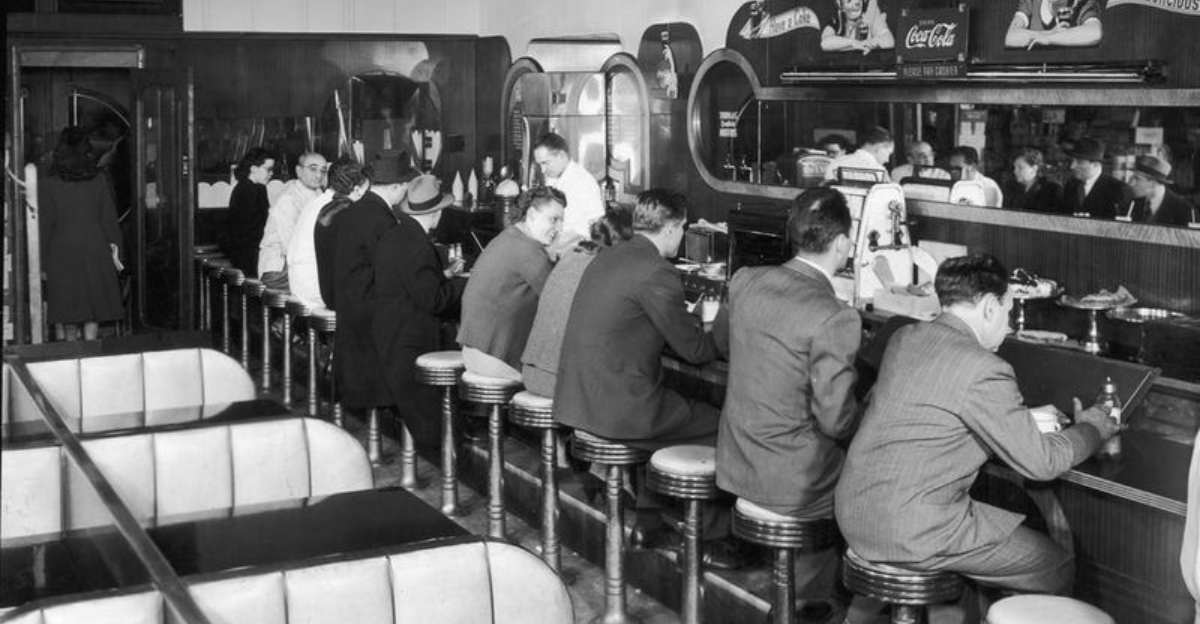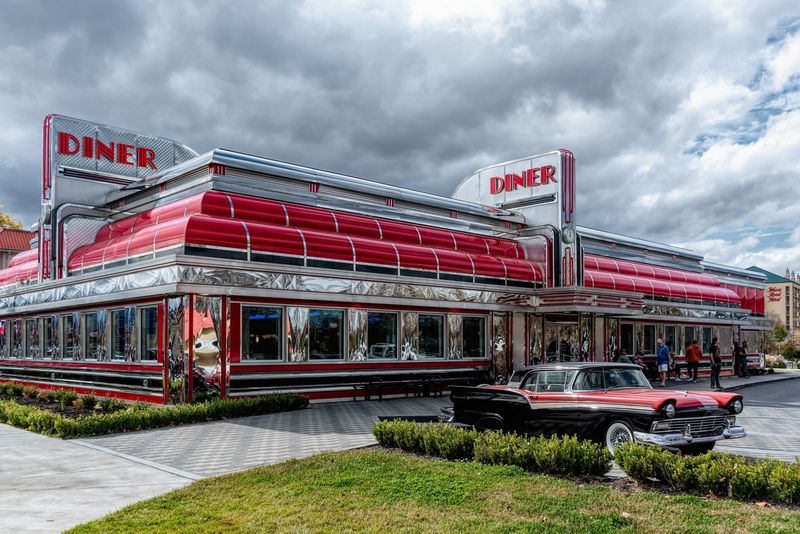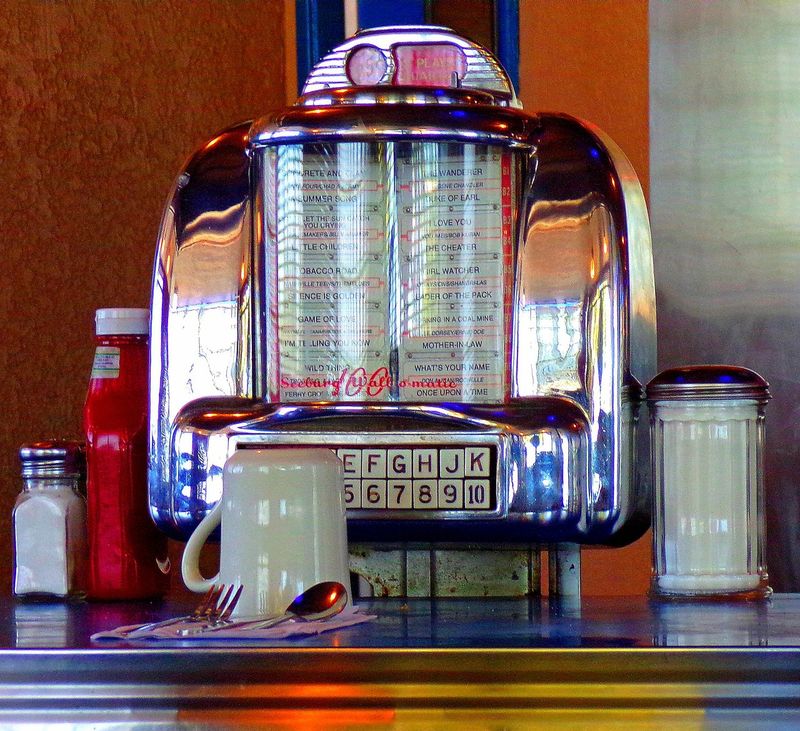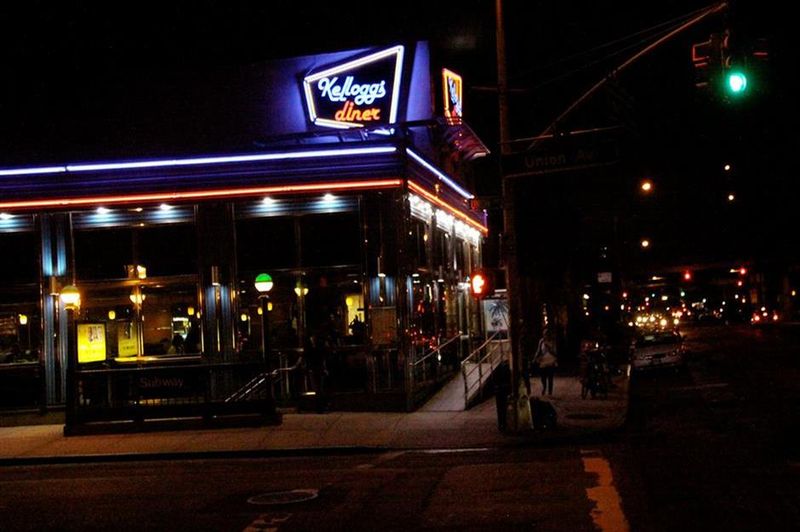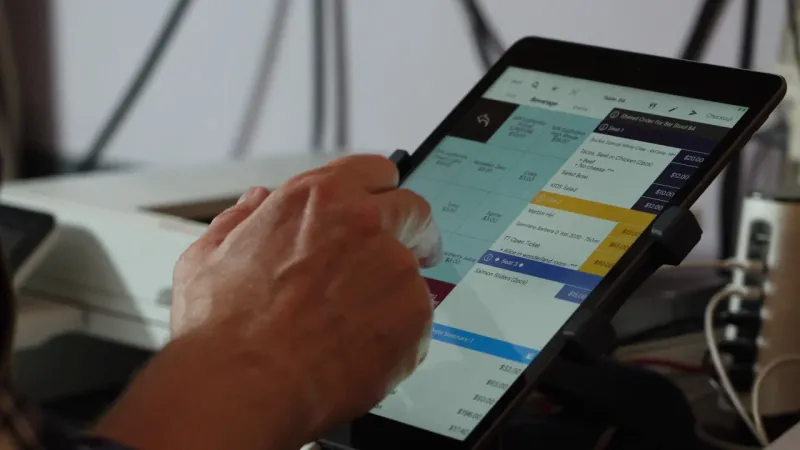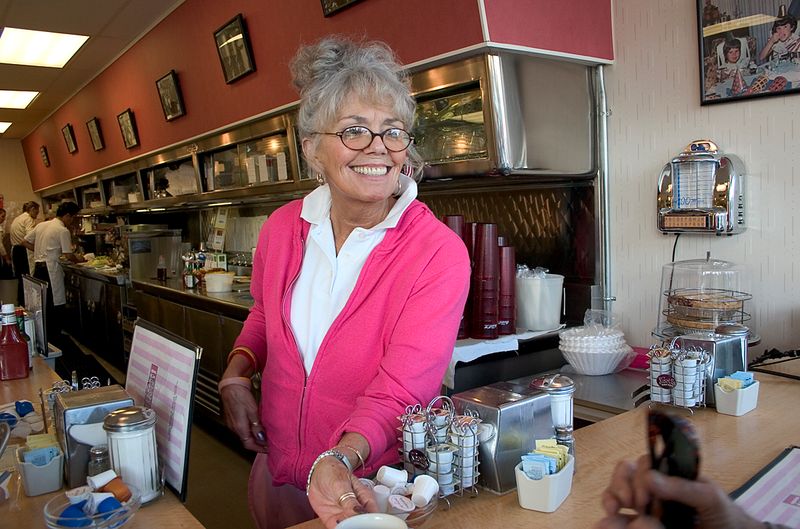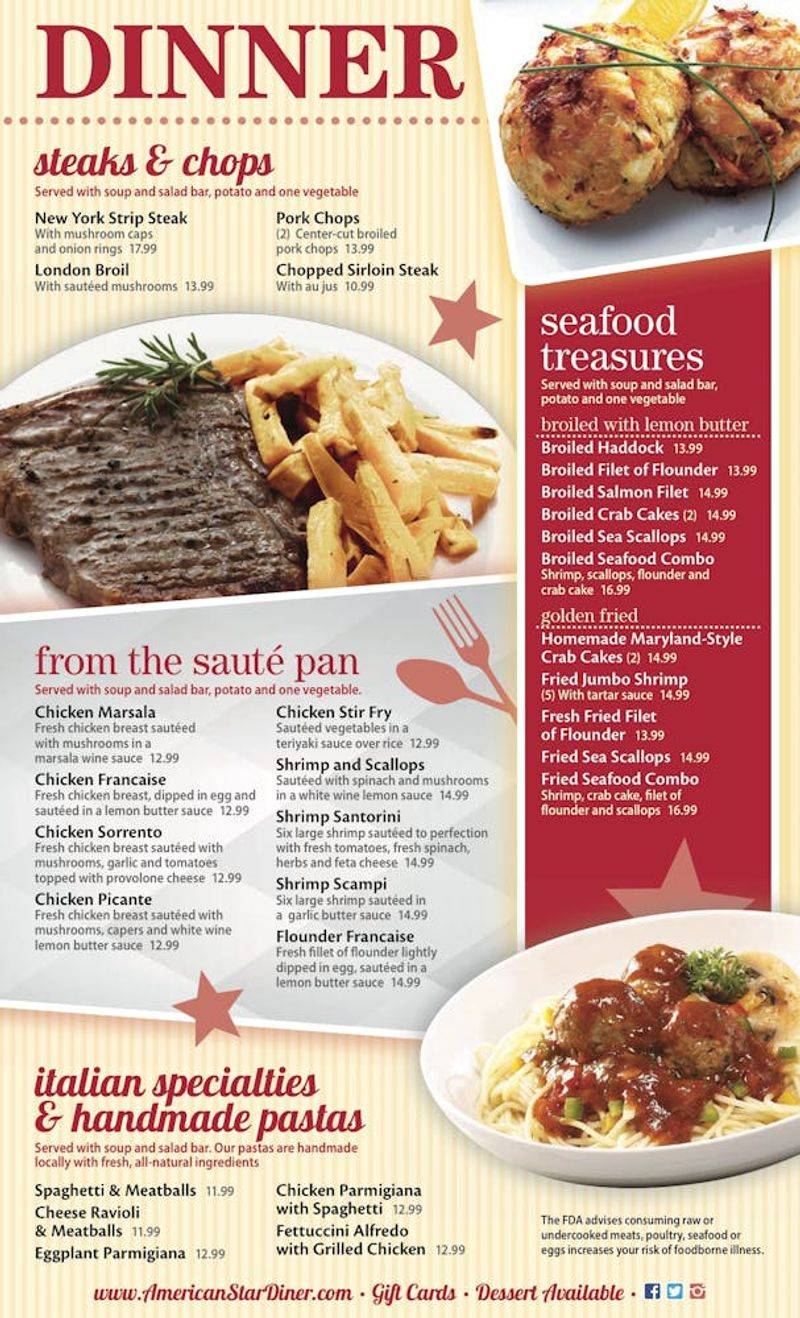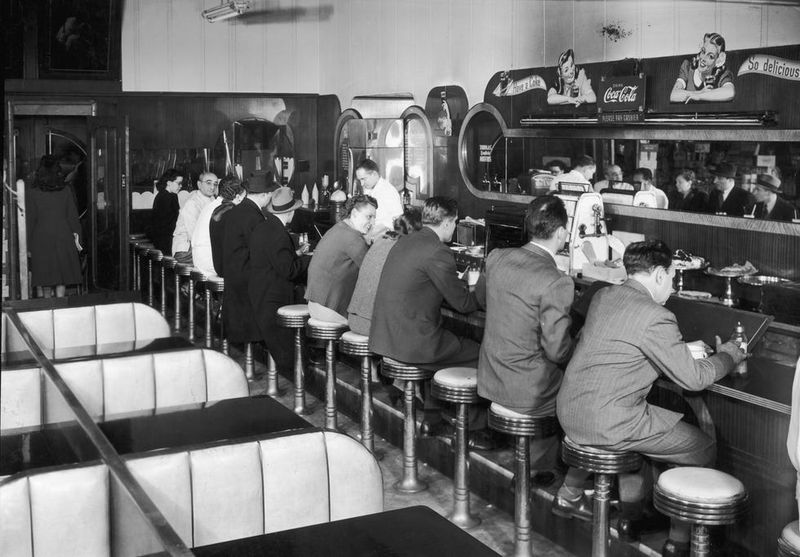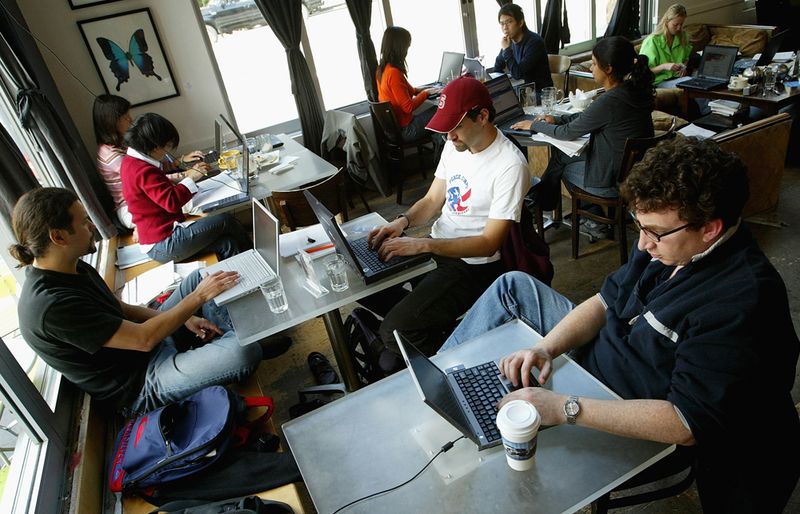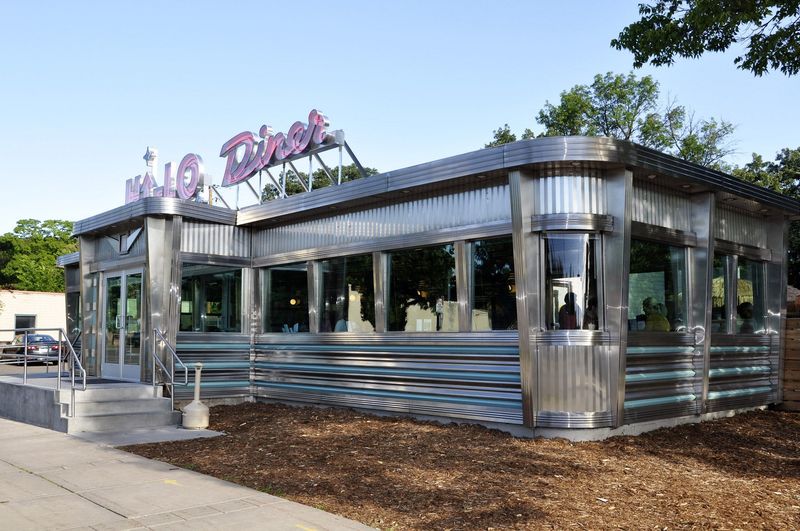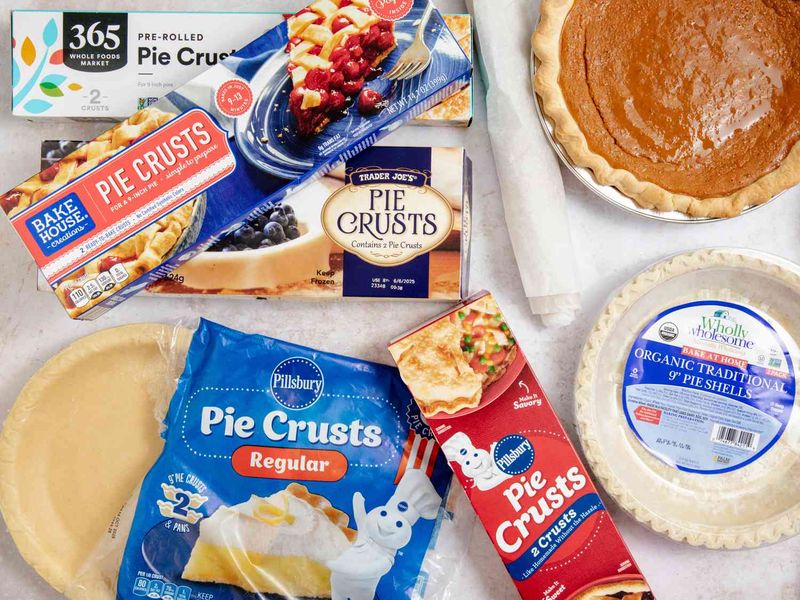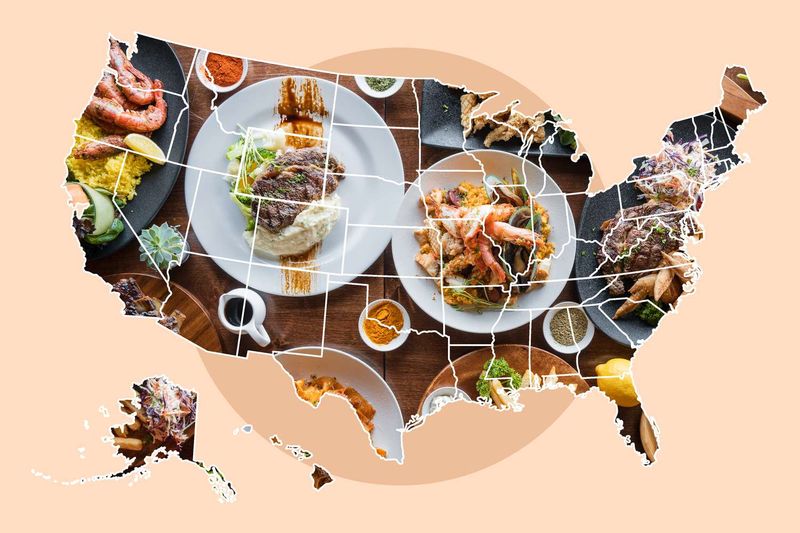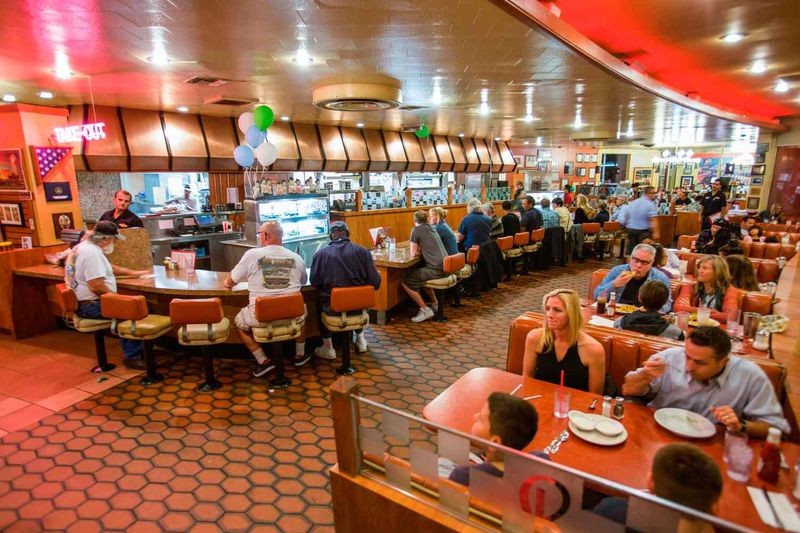American diners have been a staple of our culture since the 1800s. These iconic eateries started as simple lunch wagons and evolved into the chrome-clad restaurants we know today.
From their classic decor to their evolving menus, diners tell the story of America itself, changing with the times while fighting to preserve their unique heritage.
1. Chrome-Plated Beginnings
The classic American diner we recognize today took shape in the 1930s. Manufacturers like Kullman and Valentine produced prefabricated diners with shiny stainless steel exteriors, neon signs, and art deco styling.
These iconic structures were actually built in factories and delivered to their locations fully assembled! The streamlined, train-car look wasn’t just stylish—it was practical for businesses that needed to open quickly and attract customers from the road.
2. Jukebox Heroes
Nothing says ‘classic diner’ quite like the tabletop jukebox selector. For just a nickel, patrons could pick their favorite tunes while waiting for their burgers and shakes. These mini-jukeboxes connected to a main unit, filling the restaurant with the day’s popular music.
By the 1980s, many diners removed these beloved machines to make room for more customers. The soundtrack of clinking dishes and customer chatter replaced the carefully curated musical experience that once defined diner culture.
3. 24-Hour Havens No More
Round-the-clock service was once the hallmark of American diners. Truck drivers, night shift workers, and late-night revelers could count on hot coffee and fresh meals at any hour. These establishments served as community anchors where everyone was welcome, regardless of the time.
Today, labor costs and changing customer habits have forced many diners to limit their hours. The all-night sanctuary has largely disappeared, with many diners closing by 10 PM—a dramatic shift from their ‘always open’ legacy.
4. From Handwritten to Digital Orders
Veteran diner waitresses once had a language all their own. They’d scribble orders using shorthand like ‘Adam and Eve on a raft’ (two eggs on toast) or ‘burn one’ (well-done hamburger), then clip them to a rotating wheel in the kitchen.
Modern diners have largely switched to computerized ordering systems. Servers now tap orders into tablets or terminals, sending digital tickets straight to kitchen displays. The colorful slang and personalized notes that once added character to the ordering process have faded away.
5. Bottomless Cup Revolution
The unlimited coffee refill was born in diners! This simple marketing tactic became so successful that it transformed American coffee culture. Servers would circulate with coffee pots ready to top off any cup that looked half-empty.
While free refills survive in many diners, the coffee itself has changed dramatically. Basic diner brew has given way to specialty coffees, with many establishments now charging premium prices for lattes and cappuccinos. The humble bottomless cup faces competition from fancy coffee drinks that come with no-refill policies.
6. Menu Expansion Explosion
Early diner menus were remarkably simple, focusing on affordable comfort foods like meatloaf, blue plate specials, and homemade pies. The limited selection reflected practical constraints of small kitchens and the need to serve food quickly.
Walk into a modern diner and you’ll face menu books thick as novels! Many diners now offer everything from Greek specialties to Mexican dishes alongside traditional fare. The expansion reflects changing tastes and increased competition, but some argue that quality has suffered as kitchens struggle to prepare so many different items.
7. Counter Culture Fading
The counter was once the heart of every diner—a democratic space where people from all walks of life sat elbow-to-elbow. Solo diners, regulars, and newcomers would chat with each other and the staff while watching their meals being prepared.
Many renovated diners have reduced counter space or eliminated it entirely to make room for more tables. The communal experience has diminished as customers increasingly prefer booths for privacy. Some newer establishments preserve the counter merely as decoration, disconnected from its original social purpose.
8. Wi-Fi Replaces Conversation
Diners once hummed with conversation. Strangers struck up friendships, locals exchanged gossip, and waitresses knew regulars by name and order. These establishments served as social hubs where community connections formed naturally over coffee and pie.
Today’s diners often advertise free Wi-Fi as a key attraction. Customers sit in silence, faces illuminated by screens instead of conversation. The background music now competes with typing sounds and notification pings. Some diners have even installed charging stations at tables, acknowledging technology’s permanent place in the dining experience.
9. Architectural Identity Crisis
The distinctive look of classic diners—stainless steel exteriors, large windows, and neon signage—made them instantly recognizable American icons. Each prefabricated diner had character while maintaining the beloved streamlined aesthetic that signaled good, affordable food to hungry travelers.
Many surviving diners have undergone renovations that strip away their architectural heritage. Original features disappear under generic updates meant to modernize the space. New establishments calling themselves “diners” often bear little resemblance to their historical predecessors, housed instead in standard commercial buildings with only decorative nods to diner tradition.
10. Homemade to Pre-Made Transition
Diners once prided themselves on scratch cooking. Bakers arrived before dawn to prepare fresh pies and cakes. Soups simmered throughout the day, and meatloaf was made from closely guarded family recipes passed down through generations.
Economic pressures have forced many diners to rely on pre-made, frozen, or packaged foods. The skilled back-of-house staff has been replaced with kitchen workers who primarily reheat and assemble. While menus may look similar, discerning customers notice the difference in taste and quality that comes when convenience replaces craftsmanship.
11. Vanishing Regional Specialties
American diners once showcased distinctive regional foods. New England diners served authentic clam chowder, southern establishments offered proper grits, and midwest diners featured local specialties like Cincinnati chili.
Chain restaurants and food service suppliers have homogenized diner menus across the country. The same frozen mozzarella sticks and potato skins appear everywhere from Maine to California. Many younger diners have never experienced authentic regional cooking traditions that were once preserved and celebrated in local eateries.
12. From Family-Owned to Corporate
Family ownership gave traditional diners their soul. Greek, Italian, and Jewish families often ran these establishments for generations, creating unique atmospheres where customers felt like extended family. Owners worked alongside staff, maintaining quality and building community relationships.
Corporate ownership has taken over many beloved diners. Investment groups buy successful locations, standardize operations, and focus on profitability over personality. While some family-owned diners survive, they face immense pressure from chains that can afford prime locations, extensive advertising, and economies of scale that independent operations cannot match.
